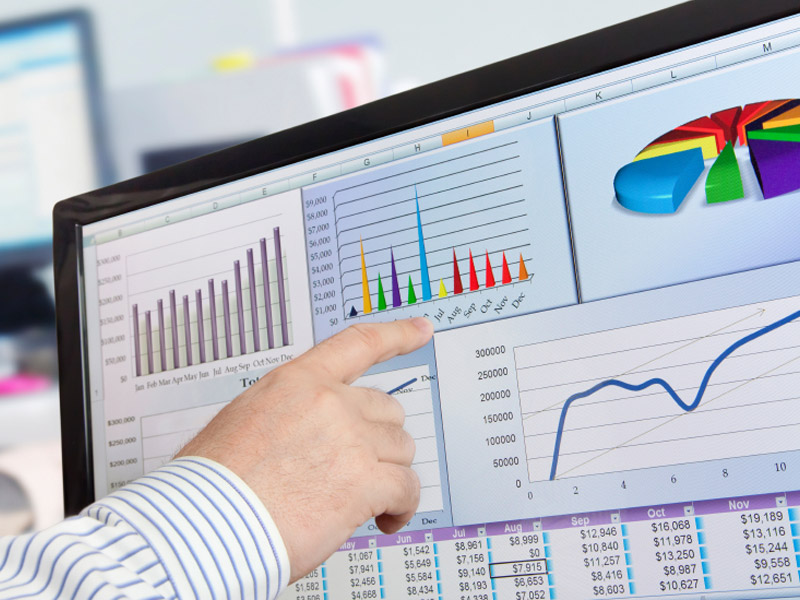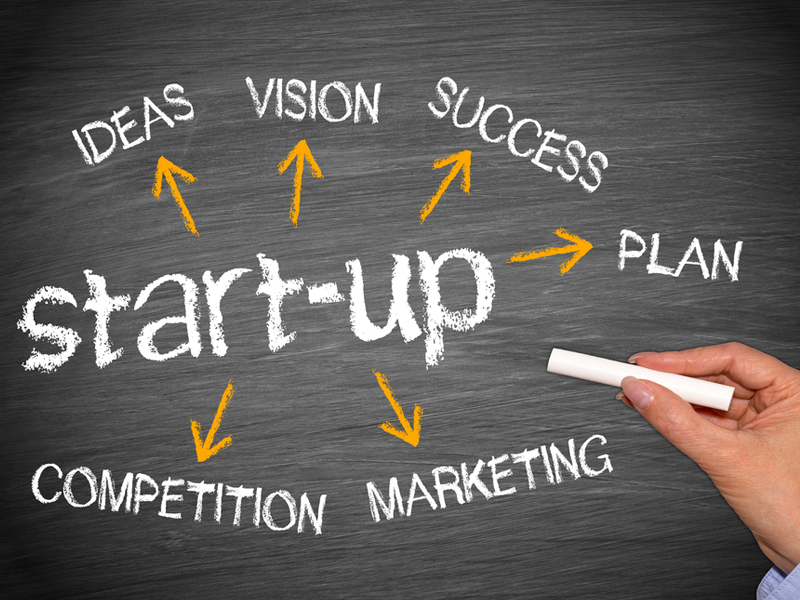
Are You Looking For A Good Revenue Recognition Software Revenue
There are five primary methods for recognizing revenue in business accounting. Depending on the type of revenue, financial statements will look different. Here are some of the most common ways for revenue to be recognized. You can use any or all of them, depending on your particular situation. The first two methods involve measuring the percentage of completion of a project. The second method uses cost. For example, if you sell 900 laptops to a client, you’ll recognize revenue when you’ve sold half of them.
Methods for recognizing revenues can be categorized according to when they’re realized. Revenue can be recognized over time, at a single point, or as a combination of both. Regardless of which method you choose, ensure you’re applying a single measurement method and the same method to all similar performance obligations. Measurement progress should be updated at the end of each reporting period. Revenue recognition can be more complex than it sounds, but it’s essential for every company.
If you’re looking for a good revenue recognition software solution, this article will cover methods for recognizing revenue, which revenue recognition software to choose, and how to choose the right one for your business. Regardless of your situation, there is a revenue recognition software solution type that can meet your needs. Whether your business is small, large, or in between, we’ve covered you!
SaaS revenue recognition software
In the world of software, software as a service (SaaS) revenue recognition differs from traditional models in many ways. This type of revenue recognition involves a subscription model, in which customers pay for a service or product in advance and use it for a specific time. Because the service or product is delivered in the cloud, SaaS revenue recognition is not determined by when the service is used. As a result, there are a variety of accounting rules governing SaaS revenue recognition.
Most SaaS businesses offer different subscription plans and pricing models, including hybrid billing, usage-based billing, and dynamic billing. As a result, revenue recognition needs to be adjusted to reflect these differences. This is why SaaS revenue recognition software is essential for businesses of all sizes. It allows you to adjust your revenue recognition processes and avoid reporting errors associated with multiple billing models. Once you’ve made your selection, you’ll be able to manage your business’s financials and recognize revenue easily.
On-premises revenue recognition software
Revenue recognition is a crucial issue for many companies. Revenues from software can be split between upfront and ratable methods. This difference can significantly impact critical downstream decisions in an ASC 606 adoption project. The following discussion will explore the benefits and limitations of on-premises and SaaS revenue recognition software. Listed below are some of the significant benefits and drawbacks of each type of revenue recognition software.
On-premises revenue recognition software allows you to use different configurations. You can select the type of revenue recognition software that best suits your needs. Some on-premises revenue recognition software can adapt to changing business needs. On-premises revenue recognition software will help you track revenue and expenses across multiple locations and business lines. This is particularly beneficial if you are a service provider, which may require many different accounts.
Cloud-based revenue recognition software
Cloud-based revenue recognition software helps organizations complete compliance and support for all essential revenue-recognition standards. Benefits include automated calculation, real-time dashboards, and reporting. These features increase visibility and data integrity. Further, cloud-based revenue-recognition software also requires less ongoing maintenance than on-premise software. Finally, revenue-recognition software should be traceable, which helps companies achieve four key goals.
The essential benefits of revenue recognition software include improving accuracy and speed. While human error and deadlines can negatively impact accuracy and speed, revenue-recognition software is faster, more precise, and more accurate. Cloud-based revenue recognition software integrates seamlessly into financial systems, making it easy for organizations to move from complex spreadsheets to a single system. In addition, revenue-recognition software can be combined with other business systems, enhancing visibility, accuracy, speed, and compliance.
The centralized transaction history is critical to effective revenue recognition. This makes it easier to update details and make changes as needed. With a central transaction history, revenue-rec software can also help companies quickly adapt to new regulations. In addition, revenue-rec software can streamline the entire process by providing centralized transaction history. And it can be customized to fit specific reporting requirements and procedures. This can significantly improve the efficiency of the business and allow it to continue to grow.
SaaS video reviews create more engaging customer interactions, enhancing customer relationships.














